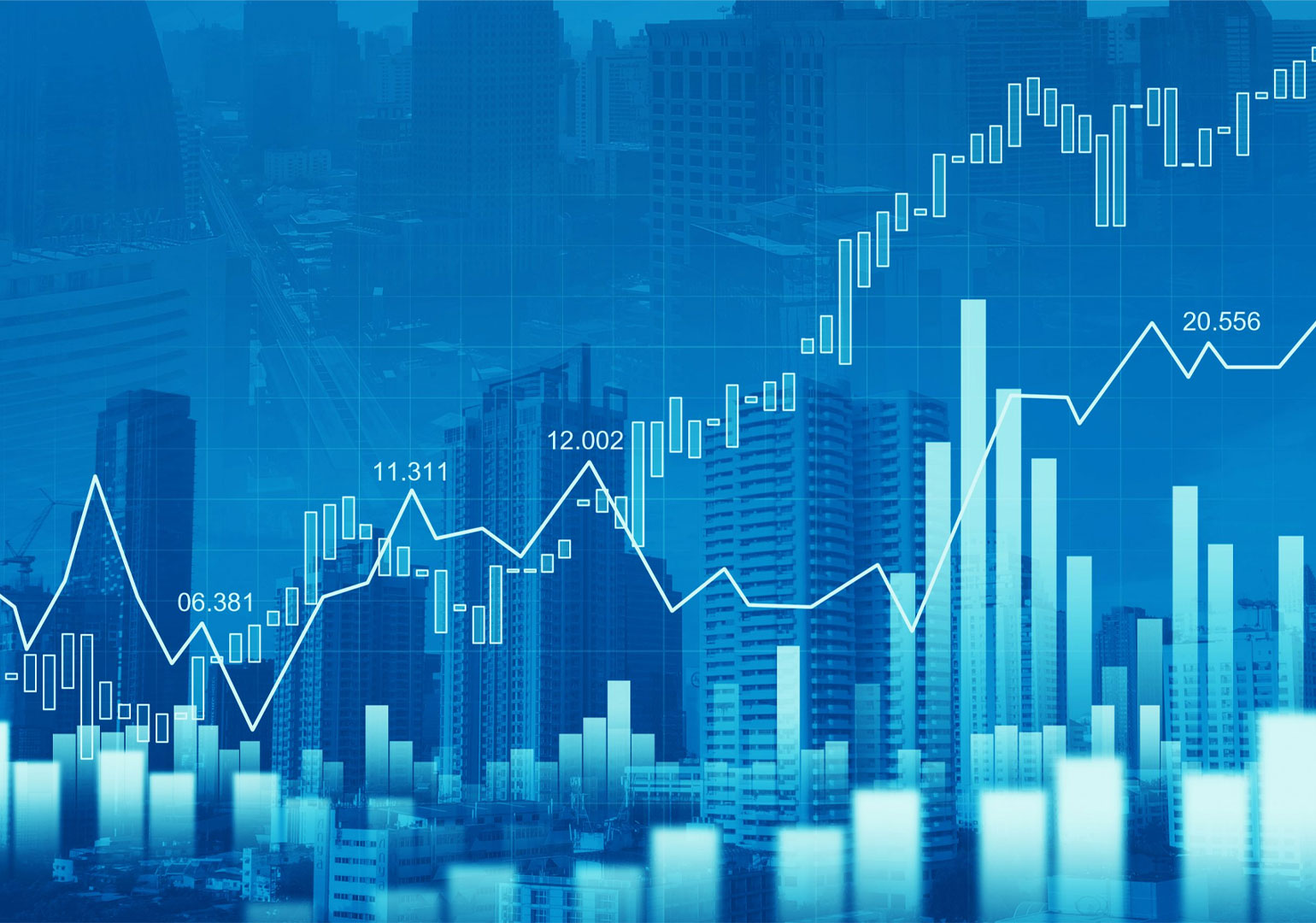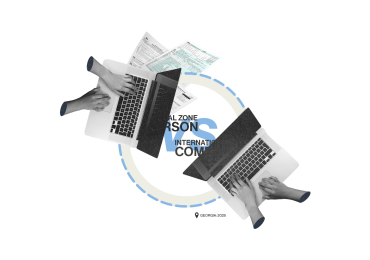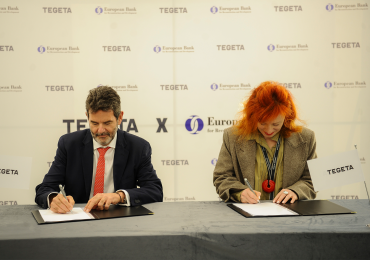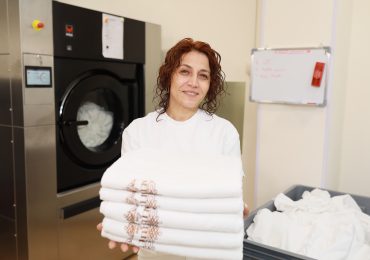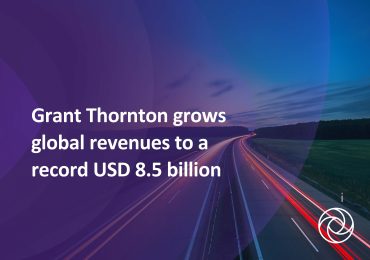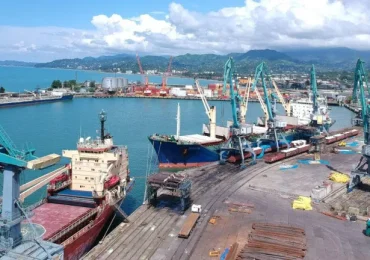The increased cost-of-living crisis sparked by surging inflation last year, combined with the lingering effects of the COVID-19 pandemic, is continuing to push people in Asia and the Pacific into extreme poverty, according to a new report by the Asian Development Bank (ADB).
An estimated 155.2 million people in developing Asia and the Pacific, or 3.9% of the region’s population, lived in extreme poverty as of last year, according to Key Indicators for Asia and the Pacific 2023, released today. The number is 67.8 million greater than it would have been without the pandemic and the increased cost of living crisis, according to the report. Extreme poverty is defined as living on less than $2.15 a day, based on 2017 prices and adjusted for purchasing power and inflation.
“Asia and the Pacific is steadily recovering from the COVID-19 pandemic, but the increased cost-of-living crisis is undermining progress toward eliminating poverty,” said ADB Chief Economist Albert Park. “By strengthening social safety nets for the poor and fostering investment and innovation that creates opportunities for growth and employment, governments in the region can get back on track.”
Poor people have been hurt the most by the increased cost-of-living crisis, as they are less able to pay higher prices for necessities such as food and fuel. Increases in the price of basic goods and services leave many poor people unable to save money, pay for health care, or invest in education and other opportunities that can improve their condition in the longer term. Women may have also been disproportionately affected, as they tend to earn less than men while also being subject to unpaid work.
Not only do the poor earn less income—they also pay a premium to access many essential goods and services while being forced to make choices that can be more expensive in the long term, the report notes. For instance, low-income households often have to buy commodities in smaller quantities, which may be more expensive than buying in bulk. They may also be forced to live in informal settlements where they are exposed to greater health hazards, increasing their health care costs, and they may have longer and less convenient commutes.
ADB estimated in 2021 that the pandemic had pushed an additional 75 million to 80 million people into extreme poverty as of the previous year, compared with pre-pandemic projections. Extreme poverty was then defined as living on less than $1.90 a day based on 2011 prices.
Economies in developing Asia and the Pacific are projected to continue making progress against poverty. Nonetheless, by 2030, an estimated 30.3% of the region’s population—or about 1.26 billion people—will still be considered economically vulnerable, defined as living on $3.65 to $6.85 a day, based on 2017 prices.
To help address the increased cost-of-living crisis, governments in Asia and the Pacific can strengthen social protection systems, increase their support for agricultural development, improve people’s access to financial services, prioritize infrastructure investments, and promote technological innovation and human capital development, according to the report.
ADB is committed to achieving a prosperous, inclusive, resilient, and sustainable Asia and the Pacific, while sustaining its efforts to eradicate extreme poverty. Established in 1966, it is owned by 68 members—49 from the region.
Forbes Georgia: სარედაქციო გუნდი


